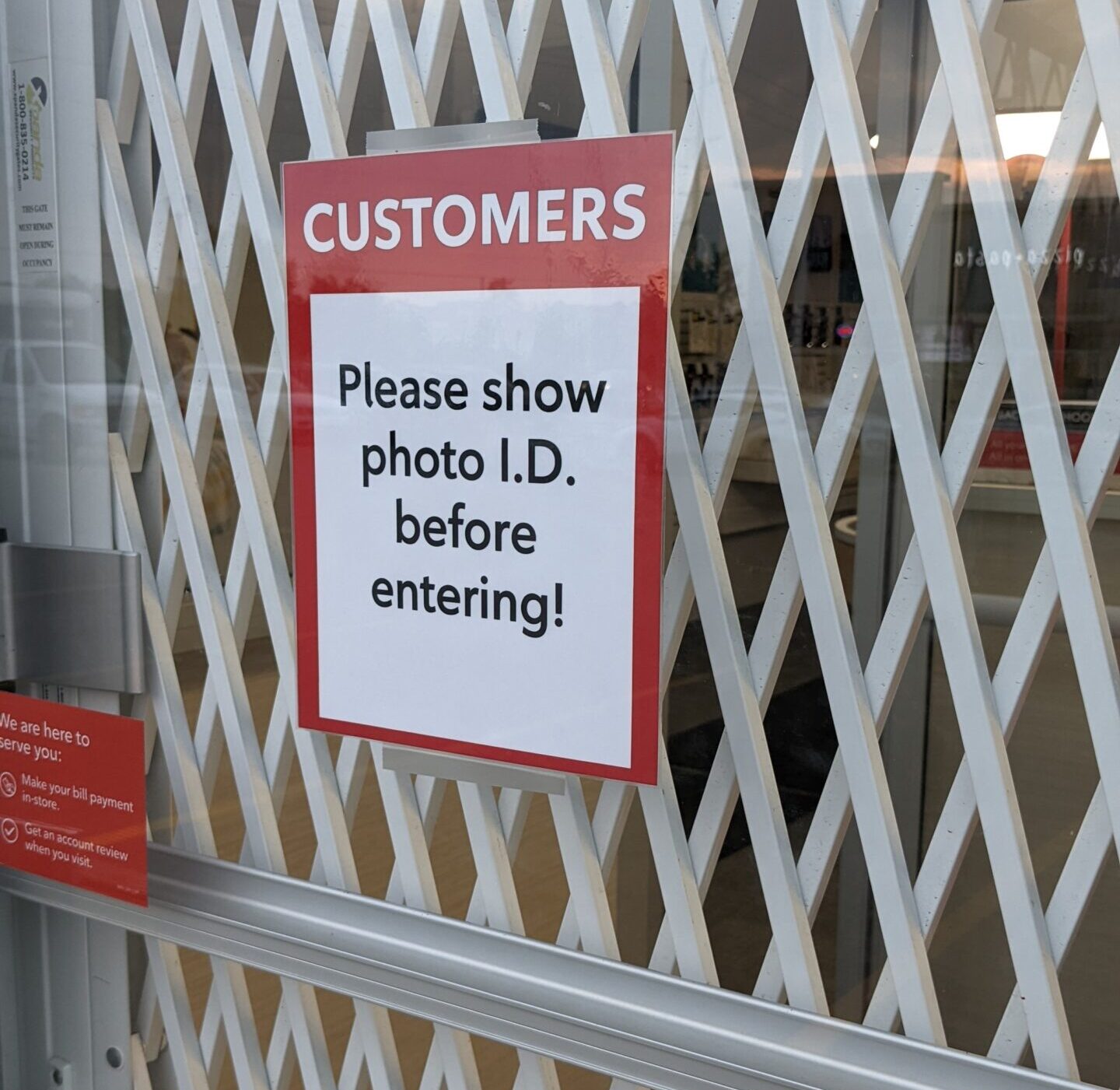Rogers is requiring customers to show government-issued ID before it allows them into its retail stores.
A Rogers spokesperson told HR Law Canada the policy was implemented in 2021 to protect employees and customers.
“The safety of our team members and customers is of the utmost importance to us. Due to a rise in robberies observed across the industry, we have implemented a number of security protocols in our stores, including a policy requesting that customers show government issued identification before entering some of our locations,” the spokesperson said in a statement.
Catalina Rodriguez, an employment lawyer and workplace investigator at Forte Law in Vancouver, said there’s nothing wrong with the move by Rogers — but recommended that employers ensure staff are trained properly to handle this type of situation.
That’s because there is a risk that it can run afoul of human rights legislation.
“Someone could say you are denying me a service that is typically available to the public because I don’t have an ID because of my origin, or my race,” she said.
It would be critical to ensure staff are trained to recognize government ID, she said. She pointed to a recent case in British Columbia where a man used his Indian Status card to open an account at TD. (Full story on CTV here.)
“What you had was a lack of training, right? You need to be able to identify what an Indian Status Card looks like, what a driver’s license looks like.”
And when you think about who works in retail, it’s often young people with part-time jobs, she said. That makes the training piece critical to ensure the company doesn’t refuse service to someone and attract a human rights complaint.
Rogers told HR Law Canada that many telecom companies are now using the locked door/government ID protocol for safety reasons.
It also said:
- Mandatory training sessions are continuously held with retail employees to ensure they are aware of the relevant emergency resources and security protocols.
- Corporate policy requires only one government issued ID to be shown before entering some of our locations.
- Several measures have been put in place over the last few years to improve safety in the stores, including robust training, upgraded cameras, and enhanced door screening policy.
- These security protocols have been an essential part of keeping customers and employees safe, while helping to reduce occurrences of robbery and fraud.





